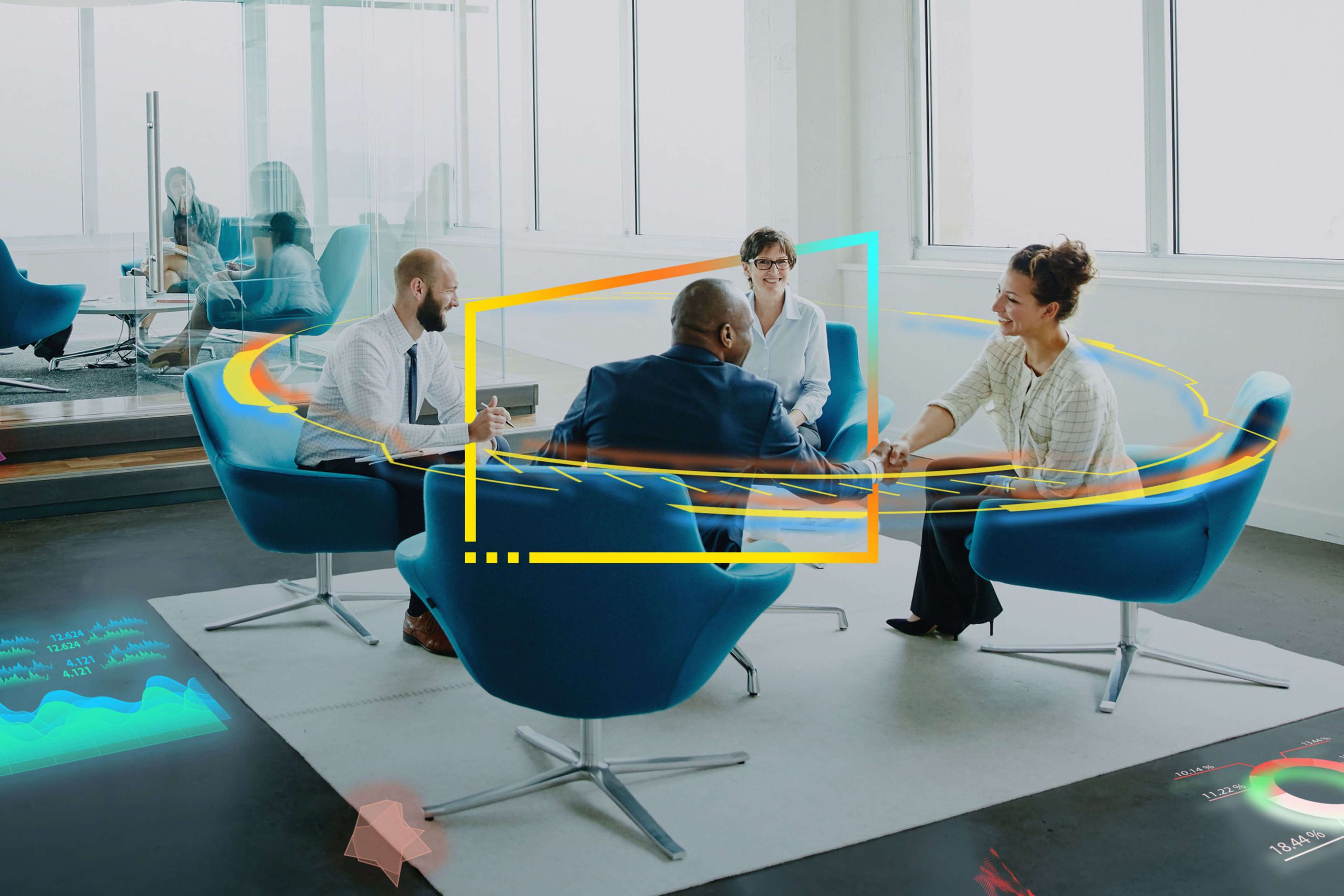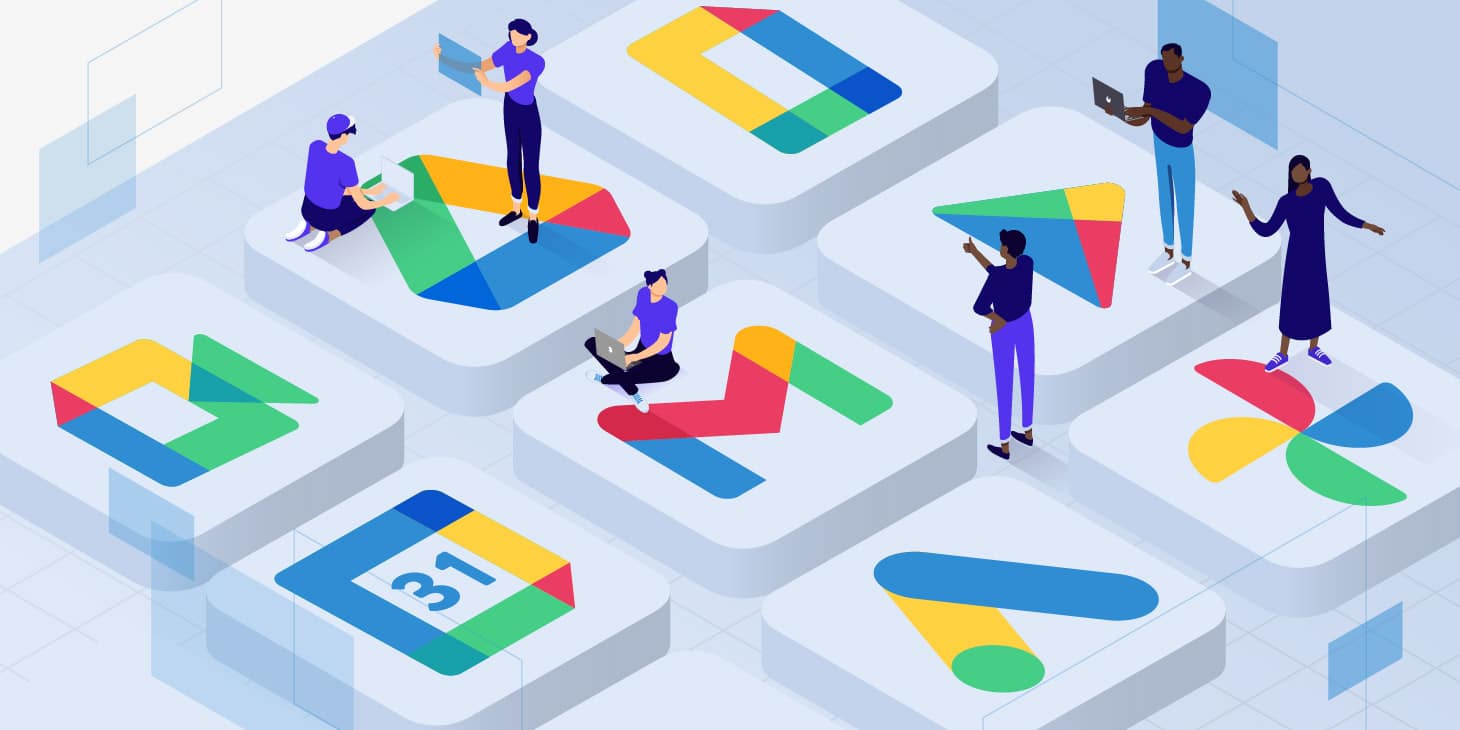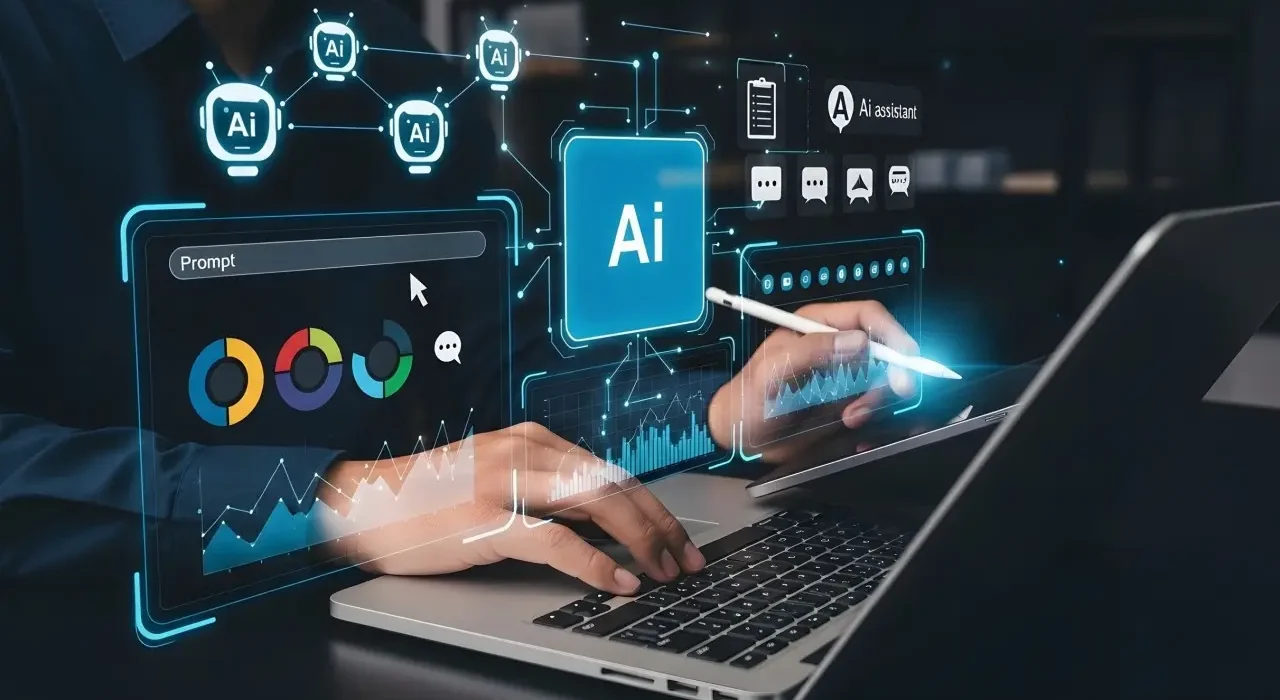The web has become the digital backbone of modern life. From social interaction and entertainment to global business and education, the web connects people, ideas, and economies in ways that were unimaginable just a few decades ago. Yet, the journey of the web—from its humble beginnings as a network for sharing scientific documents to today’s intelligent, immersive, and decentralized ecosystem—has been nothing short of revolutionary.
As we stand in the era of Web 3.0, it’s worth exploring how the web evolved, what trends are shaping its future, and how businesses and individuals can adapt to this ever-changing digital landscape.
The Early Days: Web 1.0 – The Static Web
The first phase of the web, often referred to as Web 1.0, emerged in the early 1990s. It was a simple, static environment where users could only consume information. Websites were basic HTML pages with limited graphics, minimal interactivity, and no user-generated content.
During this period, websites acted as digital brochures. Businesses used them mainly to present contact details, company profiles, and product information. Search engines like Yahoo! and AltaVista helped users navigate this growing sea of static pages, but the experience was one-directional — the web spoke, and users listened.
Despite its simplicity, Web 1.0 laid the foundation for what was to come. It introduced global connectivity, made knowledge universally accessible, and set the stage for a more dynamic and participatory web.
The Rise of the Social Web: Web 2.0
By the early 2000s, the web underwent a dramatic transformation. Web 2.0, also known as the social web, shifted from static content to dynamic, user-driven experiences. Platforms like MySpace, Facebook, YouTube, and later Instagram and Twitter allowed users to create, share, and interact with content in real time.
This era was characterized by participation, collaboration, and community. The introduction of blogs, wikis, comment sections, and social media turned users from passive consumers into active creators. Web technologies like AJAX enabled seamless interactivity, making websites feel more like desktop applications.
E-commerce exploded as companies like Amazon, eBay, and PayPal built trust and convenience into online shopping. Meanwhile, search engines evolved with Google leading the charge, introducing sophisticated algorithms that prioritized relevance and user intent.
However, with great participation came great centralization. Tech giants began dominating the digital ecosystem, collecting vast amounts of data to fuel targeted advertising and personalized experiences. While this made the web more intelligent and convenient, it also raised concerns about privacy, data ownership, and corporate control.

Enter Web 3.0: The Intelligent and Decentralized Web
Today, we are witnessing the rise of Web 3.0, a new phase that seeks to make the web smarter, more secure, and more user-centric. Often called the Semantic Web or Decentralized Web, Web 3.0 leverages advanced technologies such as artificial intelligence (AI), blockchain, machine learning, and the Internet of Things (IoT) to create a more connected and intelligent online ecosystem.
1. Decentralization and Blockchain
Unlike Web 2.0, which is dominated by a few major platforms, Web 3.0 aims to decentralize control using blockchain technology. In this model, data is stored across distributed networks rather than centralized servers, giving users ownership over their digital identities and assets.
Decentralized applications (dApps) and smart contracts are redefining industries like finance, real estate, and digital art. Cryptocurrencies such as Bitcoin and Ethereum enable peer-to-peer transactions without intermediaries, while Non-Fungible Tokens (NFTs) allow creators to monetize their work in entirely new ways.
2. Artificial Intelligence and Machine Learning
AI plays a crucial role in powering the intelligent web. Through machine learning algorithms, systems can understand context, personalize experiences, and even anticipate user needs. For instance, AI-driven chatbots provide instant customer support, while recommendation systems on platforms like Netflix and Spotify tailor content to individual preferences.
The web is gradually moving toward context-aware computing, where devices and applications adapt to users’ habits, environments, and emotions. This shift not only enhances convenience but also fosters a more human-like digital interaction.
3. Semantic Understanding
Another defining feature of Web 3.0 is its semantic capability — the ability of machines to understand and interpret information like humans do. By adding meaning to data through metadata and ontologies, the Semantic Web allows for more accurate search results and deeper data connections.
This means that instead of merely matching keywords, future search engines will comprehend user intent. For example, asking “What’s the healthiest diet for someone with diabetes?” will yield contextual answers tailored to medical data, personal goals, and scientific evidence.
4. The Internet of Things (IoT)
The IoT extends the web beyond computers and smartphones to include everyday objects — smart thermostats, wearable fitness trackers, connected cars, and even smart cities. These devices communicate through the web, creating a vast network of data that can improve efficiency, safety, and lifestyle.
Combined with AI, IoT enables predictive insights — for instance, alerting you to health risks based on your wearable data or optimizing home energy use based on your habits.
Web Design and Development in the New Era
As the web evolves, so does web design and development. The modern web demands not only visual appeal but also speed, security, accessibility, and personalization. Developers are increasingly embracing frameworks like React, Next.js, and Vue.js to build dynamic, responsive, and scalable applications.
Moreover, progressive web apps (PWAs) blur the line between web and mobile experiences, offering offline access, push notifications, and fast load times without requiring an app store download.
Design trends are also shifting toward minimalism, dark mode, and micro-interactions — subtle animations that enhance user engagement. Accessibility has become a top priority, ensuring that digital content is usable by everyone, including people with disabilities.
Security remains a critical concern, especially as cyber threats evolve. Developers now integrate stronger encryption, multi-factor authentication, and secure APIs to protect user data and maintain trust.
The Business Impact of Web 3.0
For businesses, the emergence of Web 3.0 offers both opportunities and challenges. Decentralized platforms could reduce dependency on major tech companies and enable direct relationships with customers. Smart contracts can automate business transactions, cutting costs and eliminating intermediaries.
Digital marketing is also transforming. Instead of relying solely on data collected by third parties, brands can now engage with customers in a privacy-first environment, using blockchain-based identity systems to ensure transparency and trust.
E-commerce, too, is entering a new phase — where digital currencies, immersive shopping experiences using augmented reality (AR), and personalized product recommendations powered by AI will redefine consumer behavior.
Challenges Ahead
Despite the excitement, Web 3.0 faces several hurdles. The technology is still maturing, and concepts like blockchain scalability, energy consumption, and user adoption remain concerns. Additionally, regulatory frameworks for decentralized finance and data ownership are still being developed.
There’s also a learning curve — both for users unfamiliar with managing digital wallets and for developers transitioning from centralized models to decentralized architectures. For Web 3.0 to reach its full potential, education, accessibility, and collaboration will be key.

Conclusion: The Connected Future
The web’s evolution from static pages to intelligent, decentralized ecosystems mirrors humanity’s digital growth. Each phase — Web 1.0, Web 2.0, and Web 3.0 — represents a leap forward in how we communicate, create, and collaborate.
As we move deeper into the era of intelligent connectivity, the web is no longer just a network of information — it’s becoming an ecosystem of interaction, intelligence, and empowerment.
The next generation of the web will not only connect devices but also connect people to possibilities — securely, intelligently, and globally. The journey is far from over, but one thing is certain: the web’s future is as boundless as human imagination.

